Martine Rose Is Why You'll Be Wearing Square-Toed Shoes
For her spring-summer 2019 show, Martine Rose skipped the Fashion Week runways and instead staged her show on a sleepy cul-de-sac in northwest London, where neighbors mingled on the sidewalk with the international fashion corps while models clomped about in square-toe loafers embellished with sleazy gold chains. As designers appropriate the anti-fashion of the '80s and '90s, the sworn-off angular shoes have made a semi-ironic comeback in menswear. But nobody makes bad taste look as good as Martine Rose.
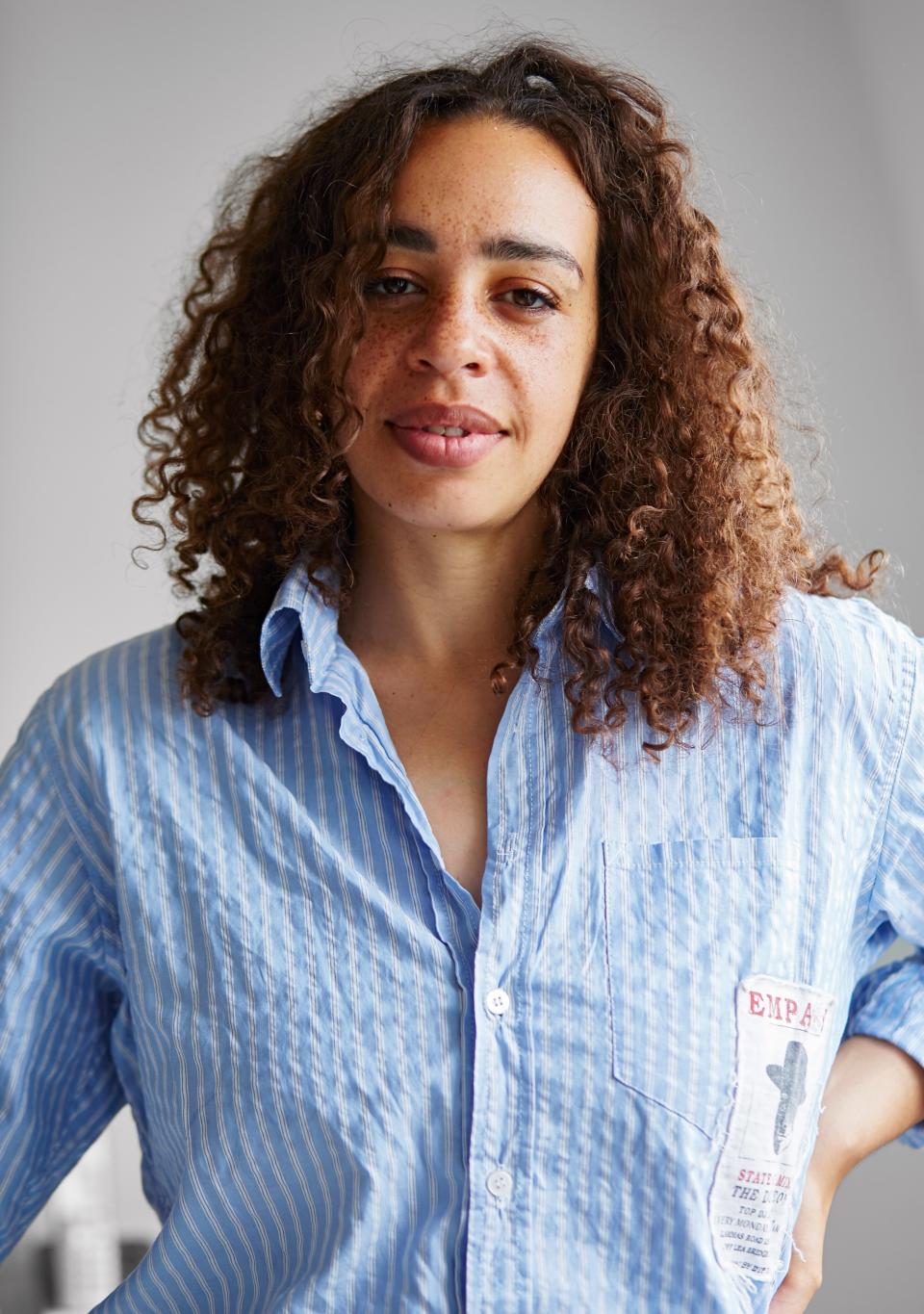
Rose's billowy trousers and parka-sized button-down shirts appear less extreme today than when she was the star of London's underground fashion scene a decade ago. But just barely. For Rose, who founded her namesake brand in 2007, exaggerated proportions are how she tells stories about the characters that inspire her—the crusties, rude boys, and ravers she encountered growing up in London. Though she was the youngest kid in her large extended family, Rose, a self-proclaimed tomboy, could hang with her elder siblings and cousins. She remembers, for instance, watching reggae star Dennis Brown, a friend of her sister's, sing in a London recording studio.
The blocky loafers hark back to the slick footwear worn by “a wide boy,” a seedy figure, Rose says, who “has a little bit of attitude, a little bit of arrogance or flash. He wore Patrick Cox loafers, which at a particular time in England were a status-symbol shoe. It said so much.” Rose, who admits she is “not much of a planner,” approaches each collection based on memory and feeling: She starts designing the clothes; then the story of the season reveals itself. She credits her early access to London's club scene with sparking her fascination with subcultures and their sartorial symbols. She was only 9 years old when the London rave scene peaked, in 1989, and vividly remembers watching her elder cousin and his friends get dressed up to go dancing.
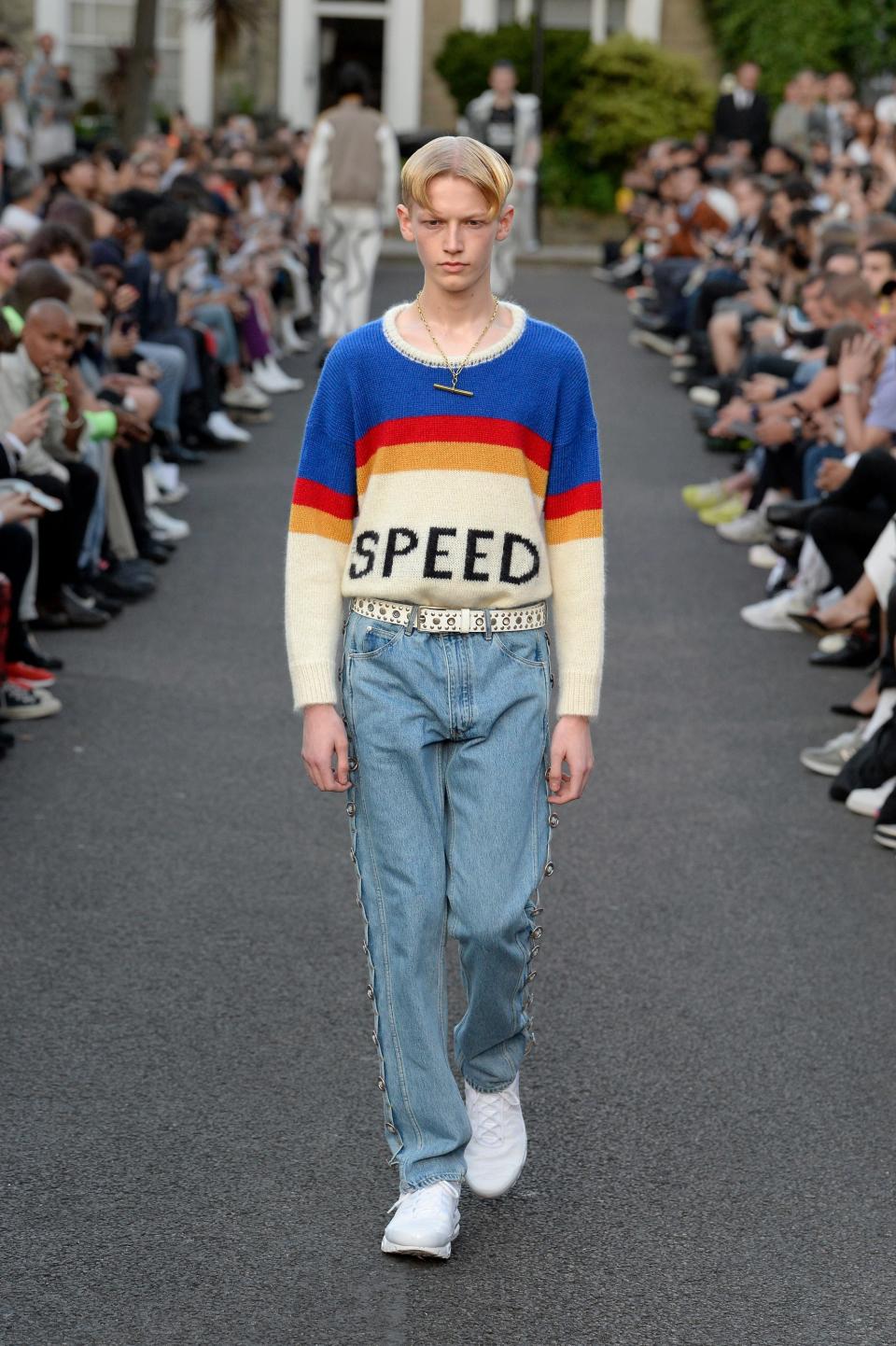
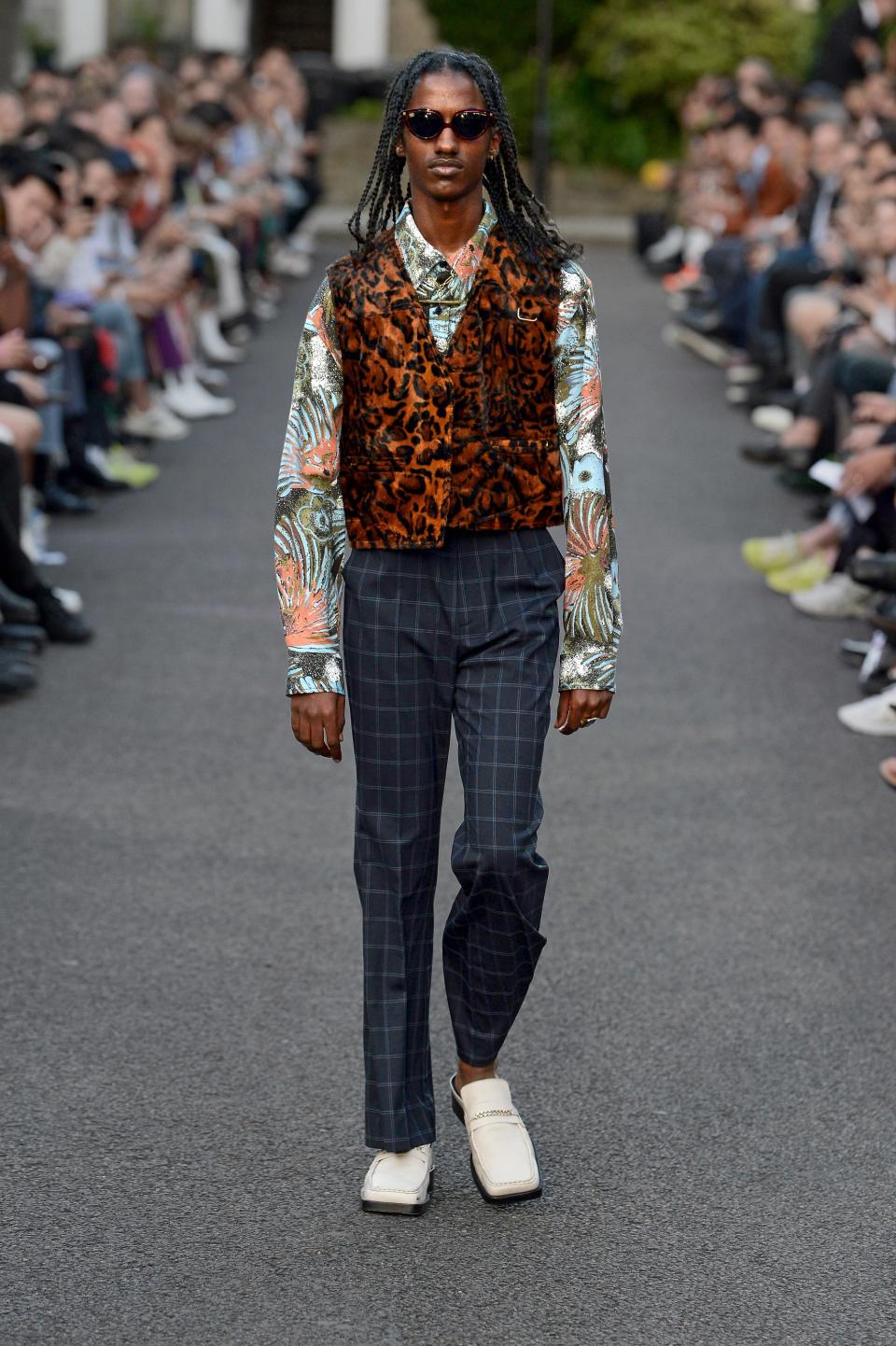
Luckily for her, the party would inevitably migrate to a more accessible venue for her age. “Hundreds of people used to come back from the rave and go to this park, and because it was a park, I could go,” Rose recalls. “I was basically in the club with them. People would open their car doors and play music, and everyone would continue dancing. When I think about it now, they were completely off their faces, but it felt very warm. It was the first time that all these different tribes came together in one mush, all wearing different types of clothing.”
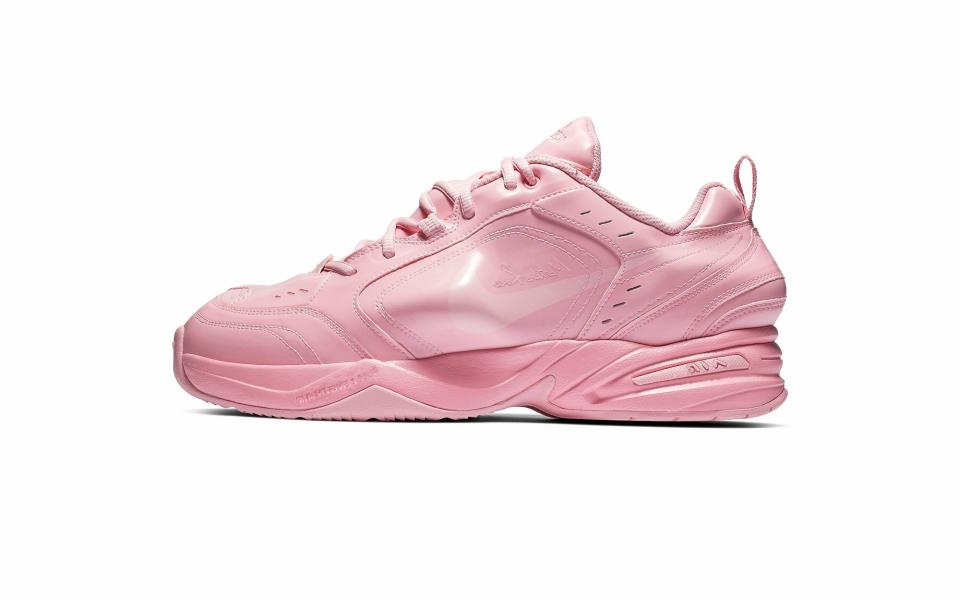
Rose attended fashion school at Middlesex University London, but she developed her eye for proportion by looking at art. “I was actually really drawn to sculpture [at the time],” she says. “I always had an interest in form. That translated in my early collections into a sense of scale, and what that does to the human form.” For her Nike collaboration, which launched this past season, she redesigned the ultimate dad shoe, the Air Monarch, by adding enormous uppers to normal-size soles and molding the extra leather into bulbous, bone-like protrusions. In Rose's universe, clothing doesn't have to reflect or flatter the human body—it can distend and disrupt it, too.
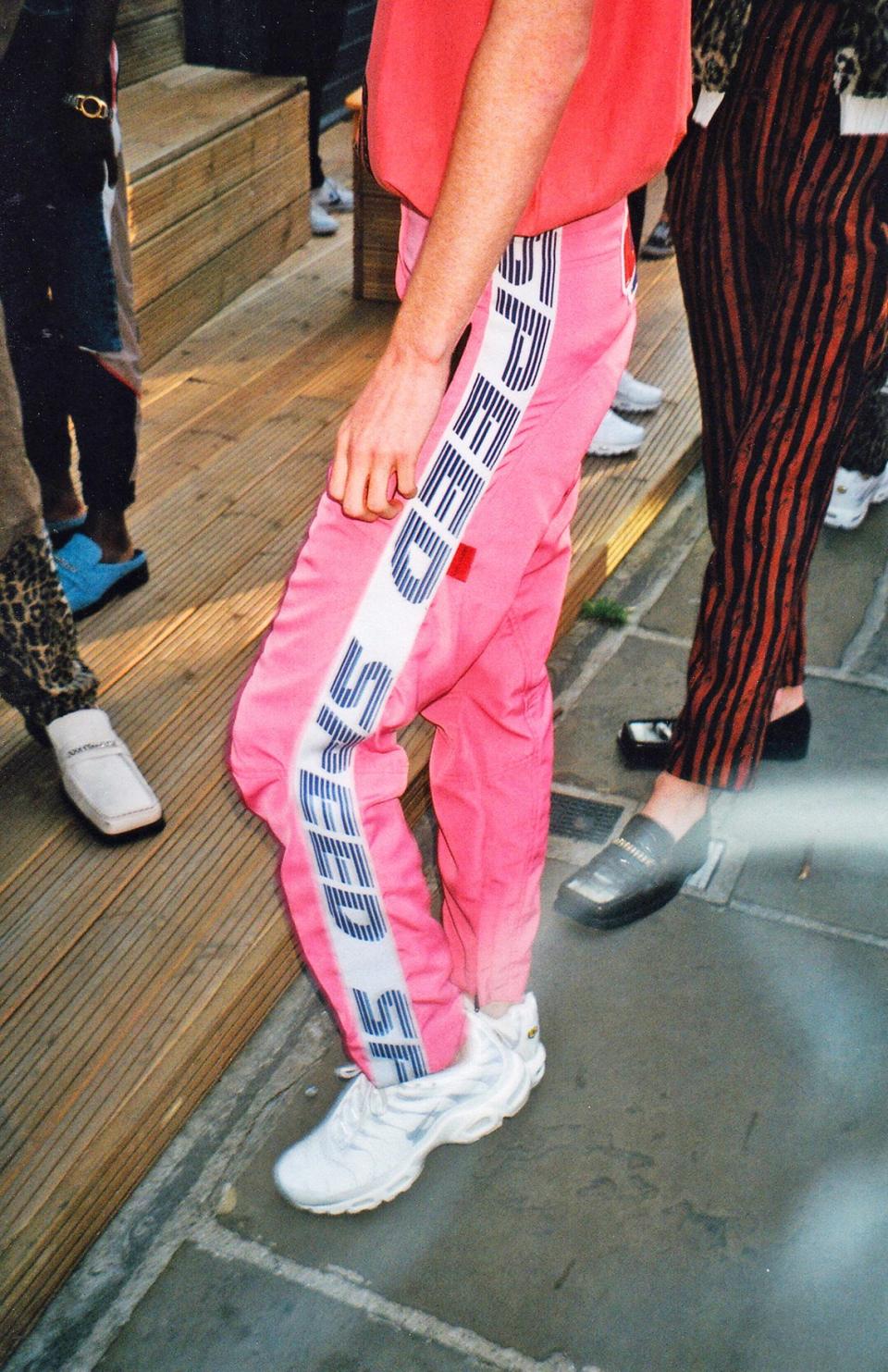
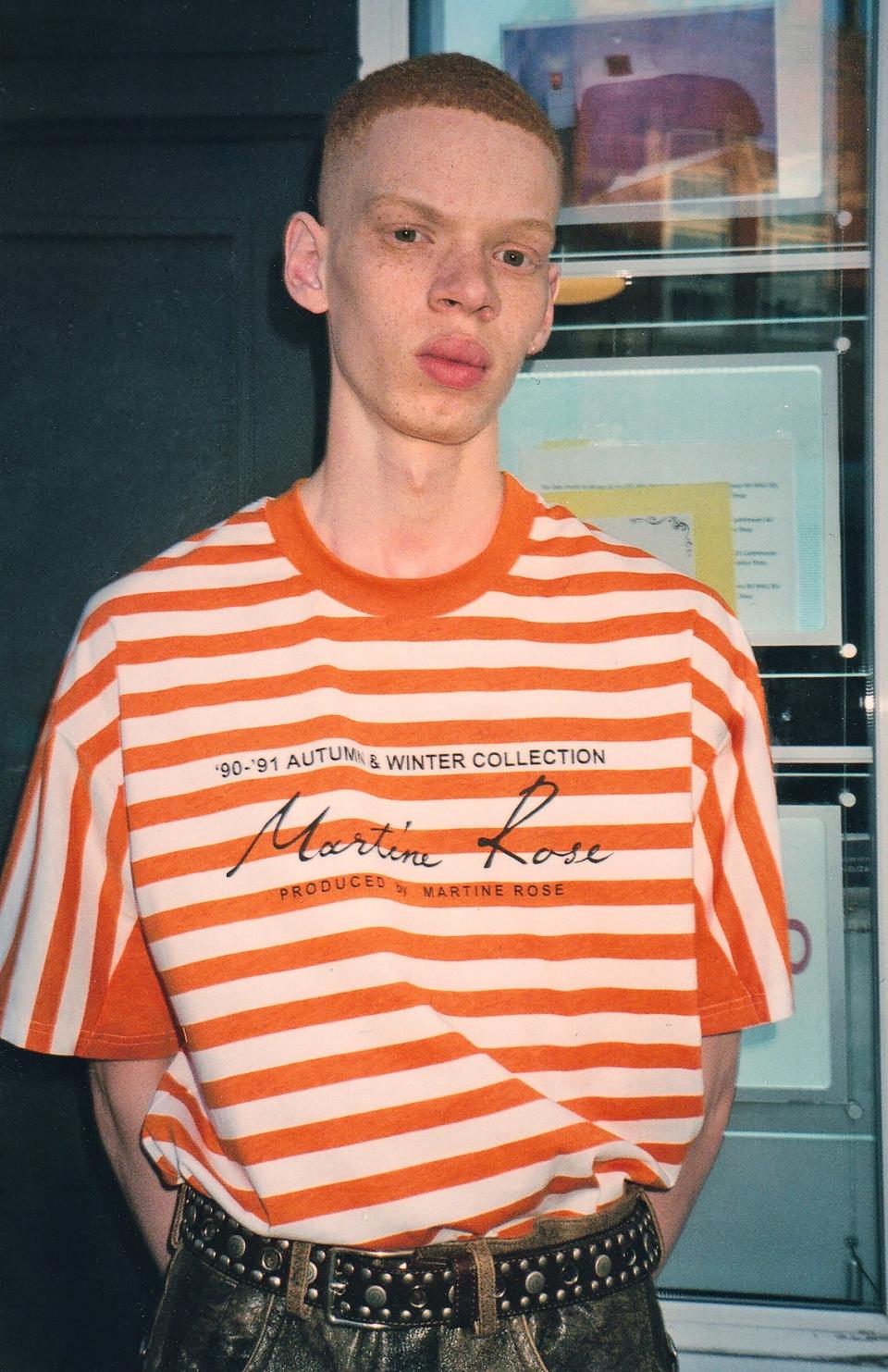
Demna Gvasalia, another designer fond of disruption, fell in love with Rose's work before he launched Vetements. When he took over Balenciaga, in 2015, he hired Rose, who served as a design consultant until late last year. (“Basically my first job,” she jokes.) It's easy to see Rose's fingerprints on Balenciaga's boxy menswear and retro graphic language. But now that her lane is getting more crowded, she is staying one step ahead with a surprisingly pared-down spring collection. Paneled-leather police jackets are slouchy but not super huge; denim track-pant hybrids are cut in an eminently wearable taper. “I've been using oversize proportions a lot,” Rose says. “And while I think it's important to own something, it's just as important to move on and to keep telling new stories.”

